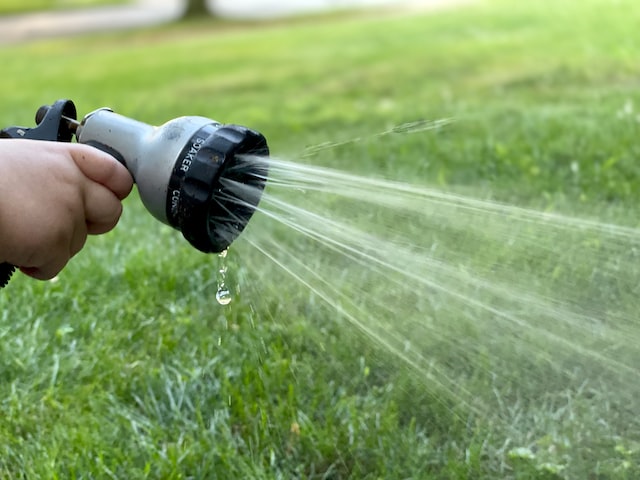After a fire has swept through an area, the land can be left in a state of devastation. The destruction caused by the flames can range from charred vegetation to scorched earth. In order for the land to heal and become healthy again, it’s important to start treating it as soon as possible. However, when dealing with huge grasslands affected by a fire, the process of rejuvenation and restoration can be quite challenging.
What kind of soil preparation is necessary to begin restoring grasslands after a fire?
After a fire, the soil in grasslands needs to be prepared for restoration. You can accomplish this in a couple of well-organized and pre-planned steps. The first step is to remove any debris and ash from the area. This can be done by hand or with a tractor. Then, it’s important to test the soil for pH levels and nutrient content. If necessary, lime or fertilizer should be added to bring the soil back into balance.
After covering these steps, it’s time to till the soil and break up any large clumps of dirt that may have formed during the fire. This will help create an even surface for planting grass seed or other vegetation. It’s essential to water regularly and keep weeds at bay as new plants begin to grow. For this step, it’s best to rent a water truck for watering. A deep soak once a week should be enough for most plants – but keep an eye out for signs of stress such as wilting leaves so that you can adjust accordingly.
Choosing the right plants and seeds when replanting burnt grasslands
When replanting burnt grasslands, it is important to choose the right plants and seeds. Native species are best for restoring the natural balance of the area, as they are adapted to local conditions and can help restore biodiversity. You need to consider the soil type when selecting plants and seeds. Sandy soils require different types of plants from clay soils, so be sure to select species that will thrive in your particular soil type.
Note that after a fire, some areas may become exposed to high levels of salt or other contaminants due to fire damage; if this is the case, select salt-tolerant species that can withstand these conditions. And don’t forget to consider how much water each plant needs; drought-tolerant varieties are ideal for dry climates while wetter areas may need more moisture-loving species.
Are there any government programs or initiatives available to assist with restoration efforts in large-scale fires?
There are a number of government programs and initiatives available to assist with restoration efforts in large-scale fires. The Federal Emergency Management Agency (FEMA) provides assistance to state and local governments for the repair or replacement of public infrastructure damaged by natural disasters such as wildfires.
The U.S. Department of Agriculture (USDA) offers financial assistance through its Natural Resources Conservation Service (NRCS) program to help landowners restore their land after a wildfire. The NRCS also provides technical assistance to help landowners develop plans for restoring burnt areas and preventing future damage from wildfires. Also worth mentioning is the U.S. Forest Service which has several programs that provide funding for fire prevention and restoration activities on federal lands affected by large-scale fires. Some of these programs are the Wildland Fire Management Program and the Hazardous Fuels Reduction Program.







